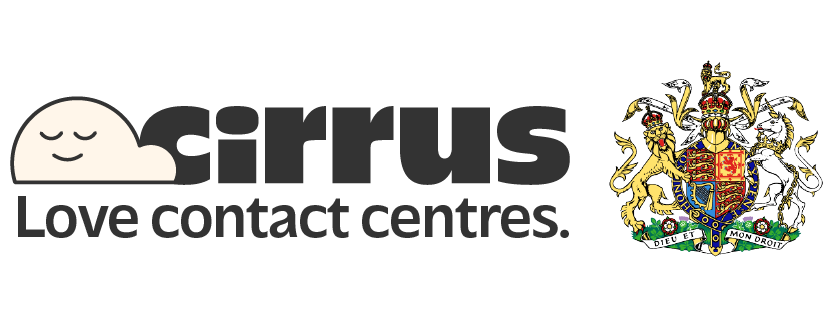Capacity Planning – Capacity planning is about making sure your team has the right number of people, tools, and systems to handle the work coming their way.
CCaaS – CCaaS, or Contact Centre as a Service, is a cloud-based platform that provides all the tools a modern contact centre needs via a subscription model.
Customer Care – Customer care refers to the support and services provided to customers before, during, and after a purchase.
Customer Communications – Customer communication refers to the exchange of information between a business and its customers. This includes conversations through email, phone calls, live chat, social media, and messaging apps.
Customer engagement – Customer engagement refers to the ongoing interaction between a business and its customers across every channel, at every stage of the customer journey.
Customer Experience Metrics – Customer experience metrics are measurable indicators that evaluate how people perceive and interact with a business.
CX Analytics – CX analytics, short for customer experience analytics, is the process of collecting, analysing, and interpreting customer data to understand how people interact with a business across touchpoints.
CX Platform – A CX platform is a centralised system used by businesses to manage and improve the entire customer experience. It integrates various tools for communication, support, automation, and analytics into a single platform.


